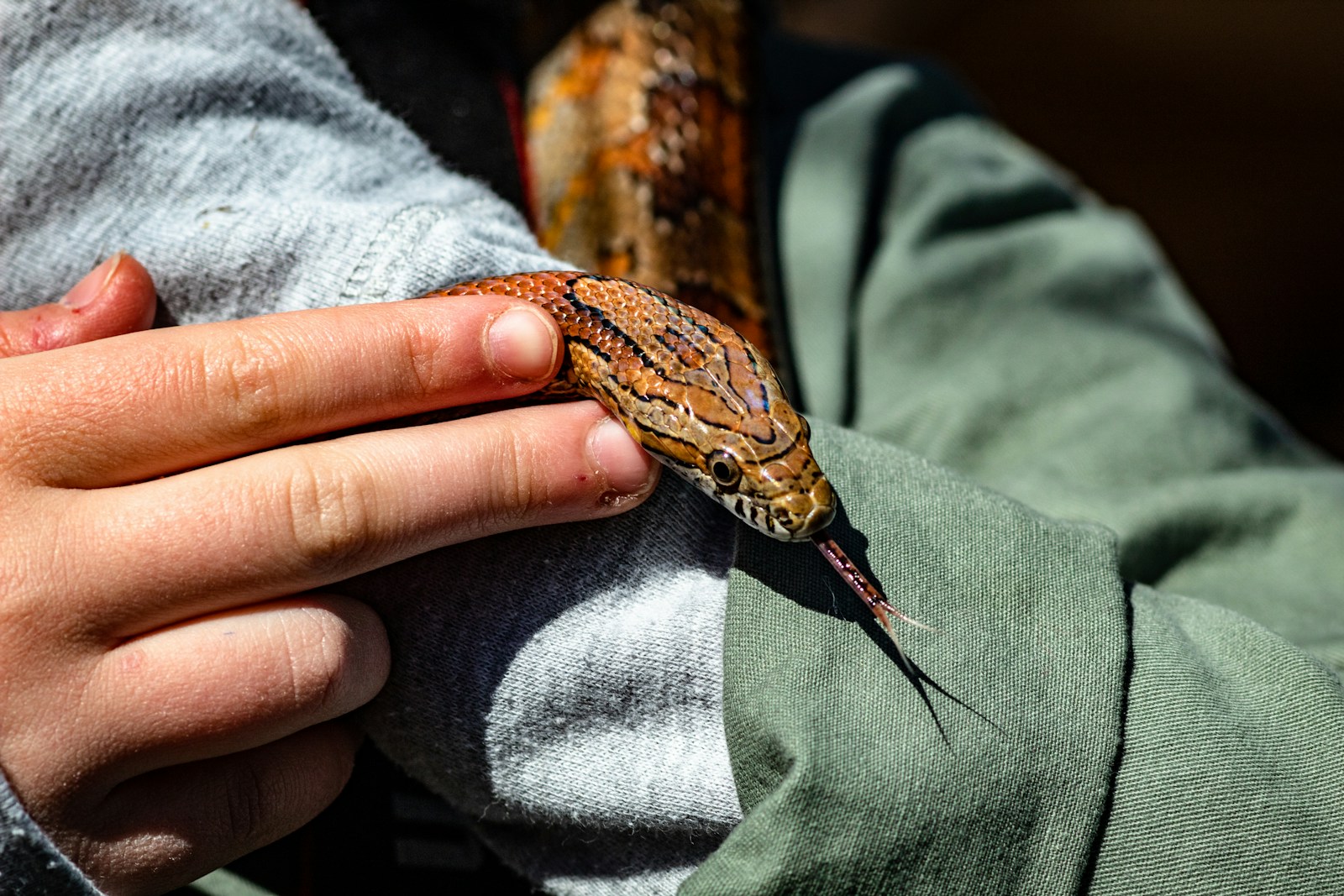Snakes are often misunderstood pets. Unlike dogs or cats that show affection through cuddles or purrs, snakes express their comfort and contentment in much subtler ways. When a snake feels secure in its environment, it displays specific behaviors that indicate it has successfully bonded with its surroundings. Understanding these signs not only helps ensure your serpentine companion is thriving but also strengthens the unique relationship between you and your pet. This article explores the various indicators that your snake has formed a positive connection with its habitat, from physical postures to feeding behaviors and beyond.
Relaxed Body Posture
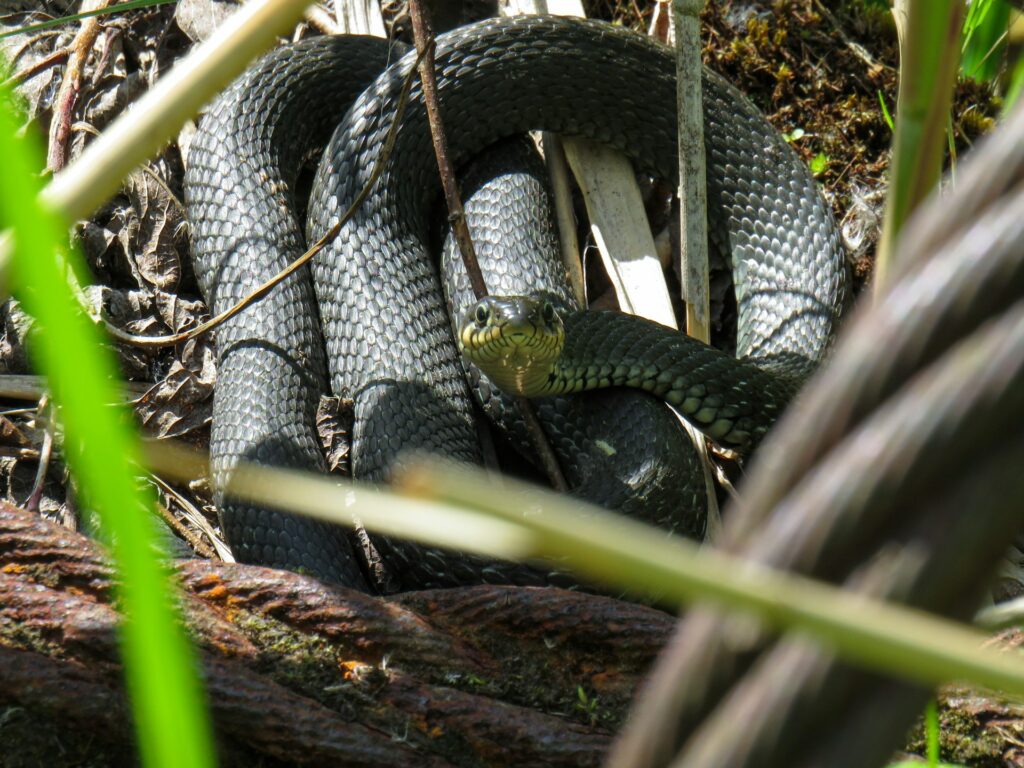
One of the most reliable indicators that a snake is bonding with its environment is a consistently relaxed body posture. A comfortable snake will typically stretch out fully or form loose, gentle curves rather than remaining tightly coiled in defensive positions. When resting, you might notice your snake sprawled across branches or basking spots without constantly flickering its tongue or exhibiting startle responses to minor disturbances. This relaxed demeanor indicates that your snake doesn’t perceive threats in its surroundings and feels secure enough to lower its guard. Over time, you’ll become familiar with your particular snake’s “relaxed” position, which may vary slightly between species but always contrasts with the tense, alert posture of a stressed animal.
Regular Exploration Patterns
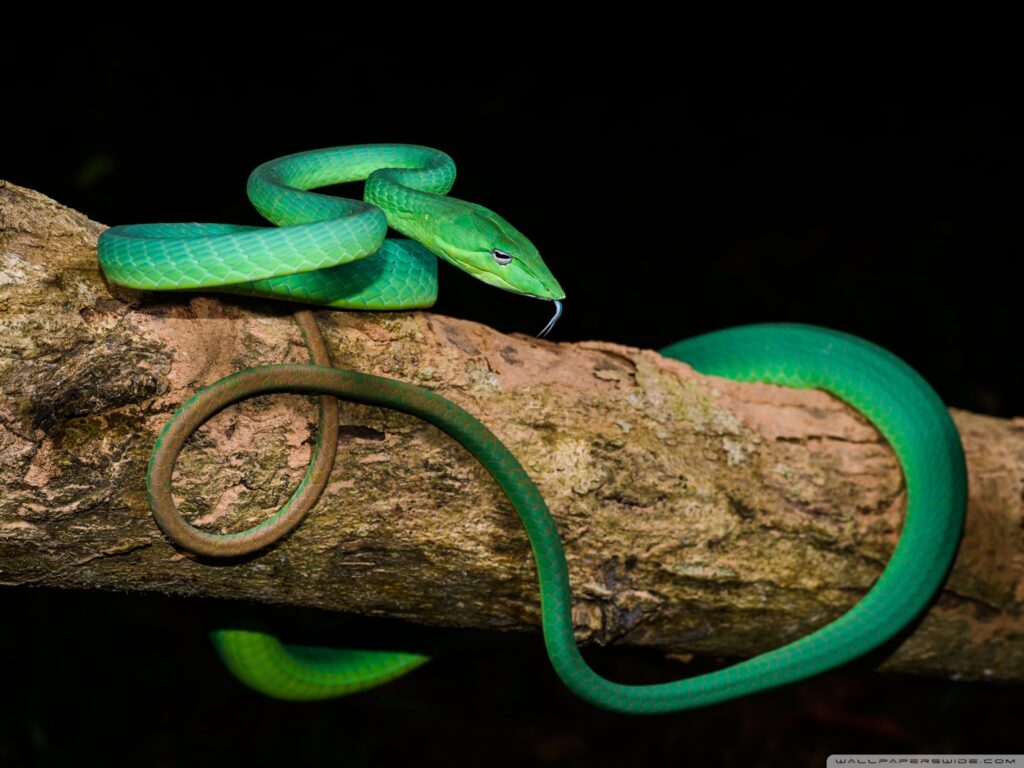
A snake that has bonded with its environment will develop consistent exploration patterns, showing curiosity about its surroundings without signs of stress or escape attempts. You might notice your snake methodically investigating different areas of its enclosure, using its tongue to collect chemical information about various surfaces and objects. This exploratory behavior typically occurs during the snake’s active periods and represents healthy environmental engagement rather than frantic searching for escape routes. Well-adjusted snakes often establish favorite exploration routes within their habitats, revisiting certain areas with apparent purpose and familiarity. The key difference between healthy exploration and stress-based searching is the deliberate, unhurried pace and the snake’s return to resting spots after satisfying its curiosity.
Consistent Feeding Response

A strong indicator of environmental bonding is a consistent, enthusiastic feeding response when food is offered. Snakes that feel secure in their surroundings are more likely to eat regularly without hesitation or refusing meals. You may notice your snake becoming alert and interested when it detects food, perhaps emerging from hiding spots or positioning itself in anticipation of feeding time. This reliable feeding pattern suggests that your snake feels safe enough to engage in vulnerable activities like eating, where its guard is temporarily lowered. Any snake that consistently refuses food despite proper temperature and habitat conditions may be experiencing stress from its environment, whereas regular feeding indicates comfort and adaptation. Some well-adjusted snakes even develop feeding associations with certain stimuli, such as the opening of their enclosure or the appearance of feeding tongs.
Appropriate Use of Hides
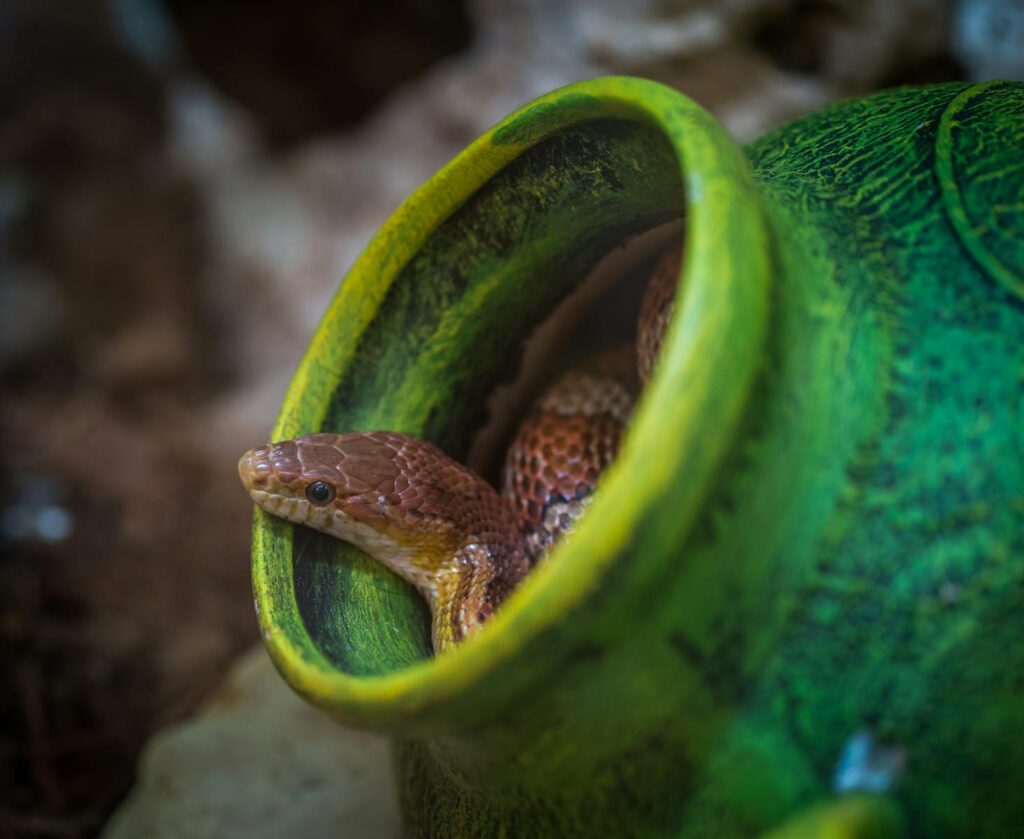
A snake that has bonded with its environment will use hiding spots appropriately, neither avoiding them entirely nor refusing to emerge. Well-adjusted snakes typically establish a balanced routine of hiding and emerging based on their natural activity cycles. You may notice your snake retreating to specific hides during daylight hours (for nocturnal species) or after feeding but willingly emerging during their active periods. This healthy alternation between concealment and exploration indicates that the snake recognizes both secure retreats and safe areas for activity within its habitat. Particularly telling is a snake’s willingness to use different hides in various parts of the enclosure, suggesting it has mentally mapped its environment and feels comfortable throughout the entire space. Some snakes may even show preferences for particular hiding spots based on temperature gradients or substrate types, demonstrating their familiarity with the microenvironments within their enclosure.
Normal Shedding Cycles
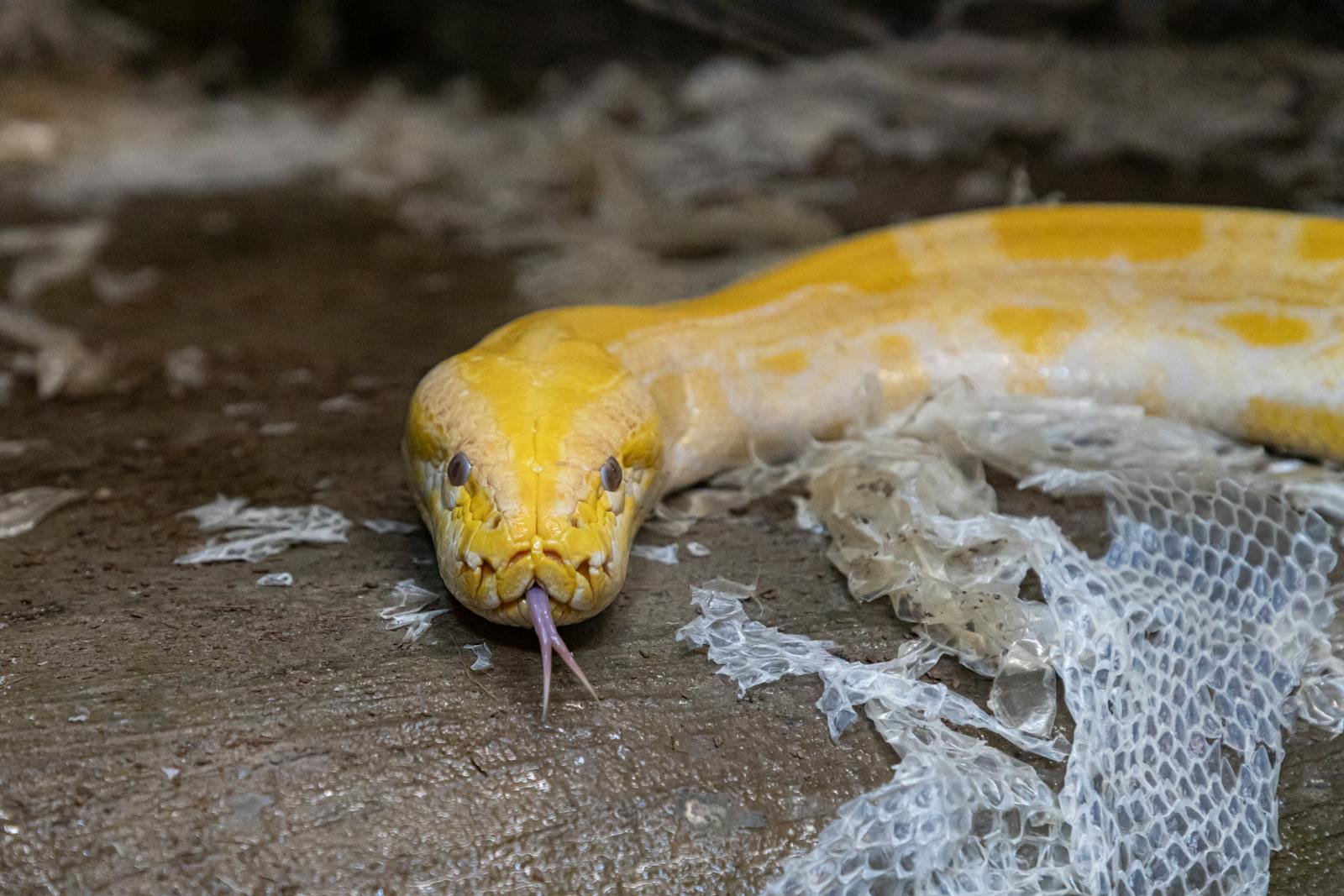
Regular, complete sheds are powerful indicators that a snake has bonded well with its environment. A snake that feels secure will typically complete the shedding process with minimal complications, often producing a single, intact shed skin. The pre-shedding period will show predictable behavioral changes like decreased activity and appetite, followed by a return to normal behaviors after shedding is complete. Environmental stress frequently manifests as problematic shedding, with retained eye caps or patches of unshed skin, so clean, complete sheds suggest appropriate humidity, surfaces for rubbing against, and overall environmental comfort. You might also notice that well-adjusted snakes often seek out specific areas or objects in their enclosure to help remove the old skin, demonstrating their understanding of their habitat’s resources. Consistent, trouble-free shedding cycles occurring at regular intervals (appropriate for the species and age) strongly suggest that all environmental parameters are meeting your snake’s needs.
Thermoregulation Behaviors
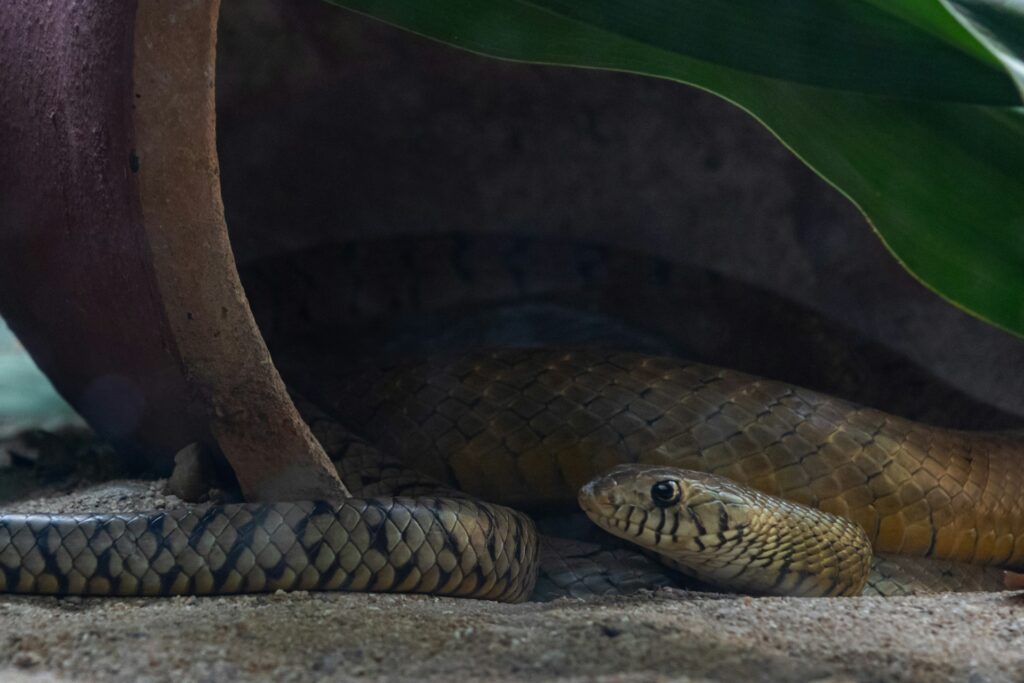
Snakes that have bonded with their environment display purposeful thermoregulation behaviors, moving between warm and cool areas to maintain optimal body temperature. You’ll observe your snake deliberately positioning itself in heating areas when it needs warmth and relocating to cooler spots when it needs to reduce its temperature. This deliberate shuttling between temperature zones indicates that your snake has mentally mapped its thermal gradient and feels comfortable utilizing the full range of temperatures available. A particularly good sign is when your snake maintains a preferred body temperature by adjusting its position in subtle ways rather than constantly moving between extremes, suggesting it has found its ideal microenvironments. Snakes that avoid certain temperature zones entirely or spend excessive time in one area may be experiencing stress from inappropriate temperature ranges or gradients, whereas balanced thermoregulation indicates environmental comfort.
Reduced Defensive Behaviors
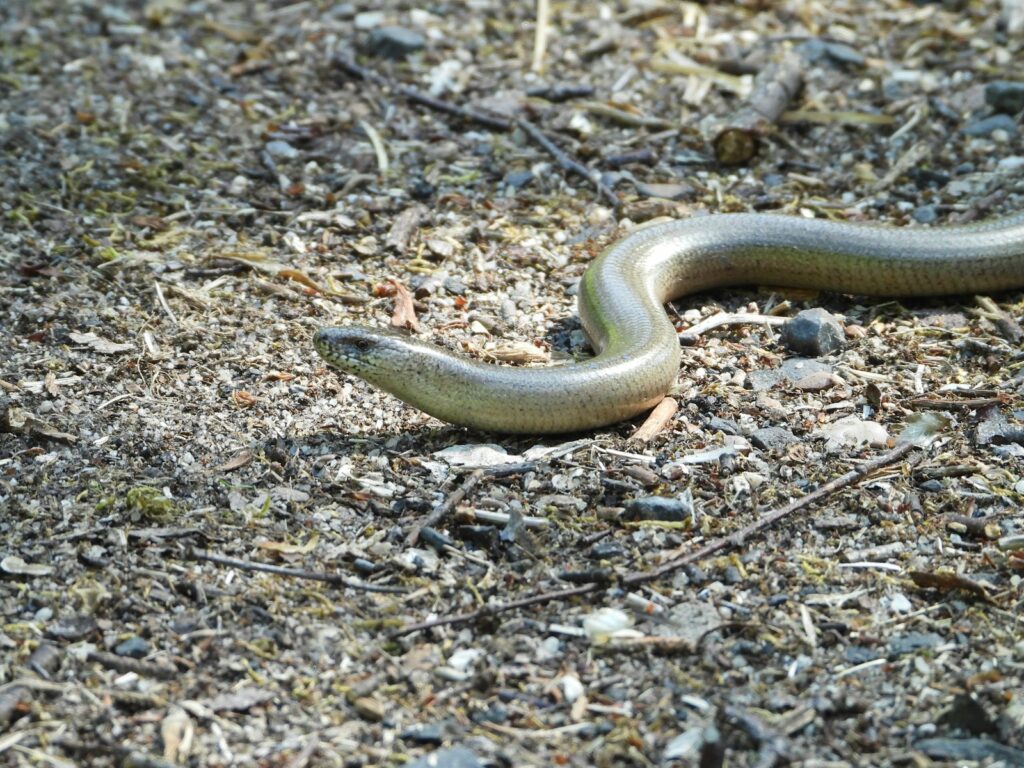
A significant indicator of environmental bonding is the reduction or absence of defensive behaviors when the snake is in its enclosure. Well-adjusted snakes typically show minimal striking, hissing, tail rattling, or musking (releasing defensive odors) when simply being observed or during routine maintenance activities. You might notice that your snake remains calm when you approach the enclosure, perhaps watching you with interest rather than retreating or displaying threat postures. This comfort level develops gradually as the snake learns that its environment is safe and that your presence doesn’t represent a threat. Particularly telling is when a snake that initially displayed defensive behaviors when first acquired eventually ceases these responses, demonstrating an evolving trust in its surroundings. However, it’s important to recognize that some defensive response may still occur during direct handling, as this represents a different type of interaction than environmental comfort.
Proper Water Utilization
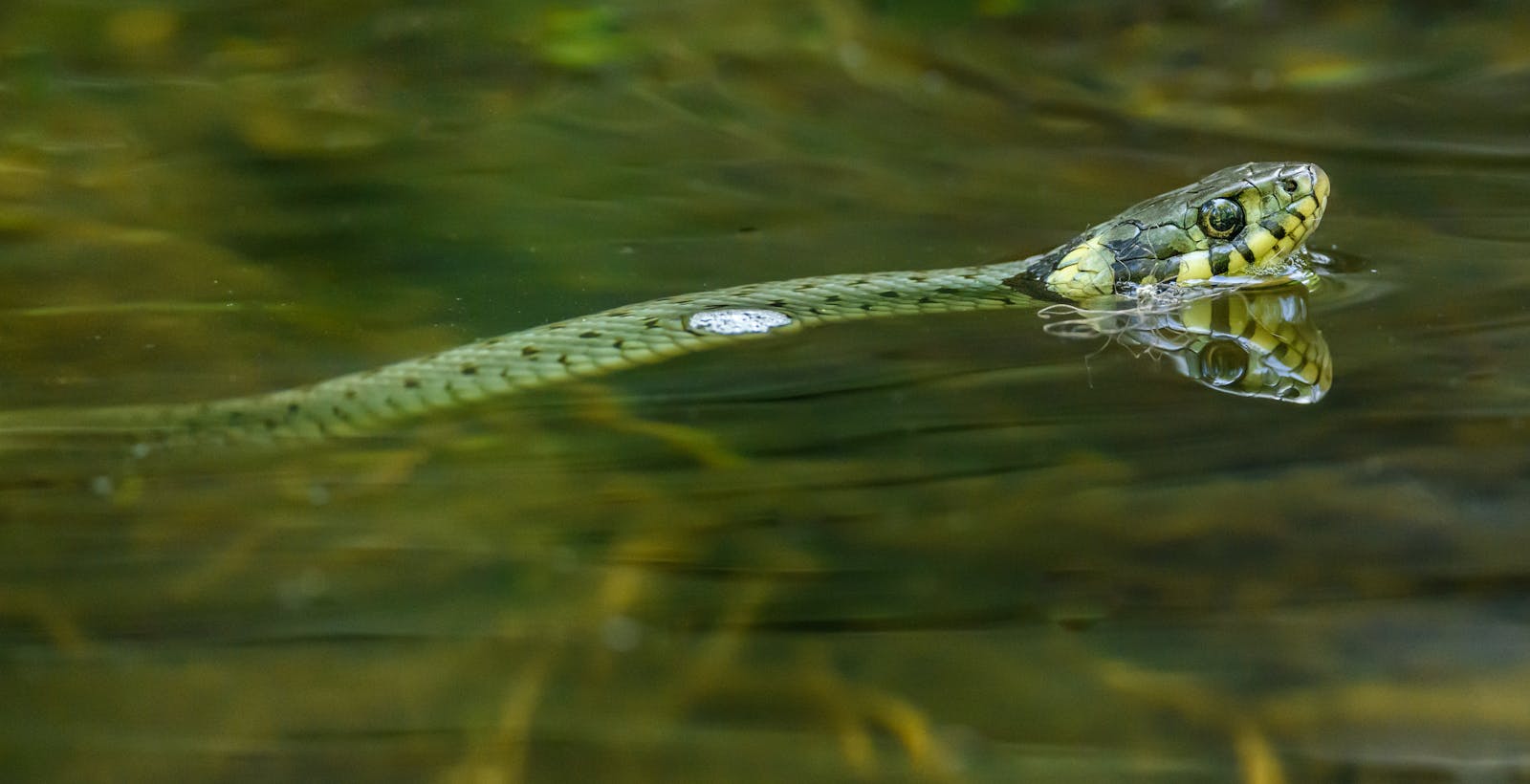
Snakes that have bonded with their environment demonstrate appropriate water-related behaviors, including regular drinking and, for species that enjoy soaking, proper use of water features. You may observe your snake drinking periodically, especially after feeding or before shedding, approaching its water source with confidence rather than hesitation. Some species naturally soak as part of their behavioral repertoire, and doing so comfortably in their enclosure indicates environmental security. A particularly good sign is when a snake returns to its water dish at similar times or under similar conditions, suggesting it has incorporated this resource into its routine activities. Snakes that avoid their water sources entirely or show excessive soaking (not normal for their species) may be experiencing stress from inappropriate humidity levels or temperatures, whereas balanced water utilization suggests environmental comfort.
Normalized Breathing Patterns
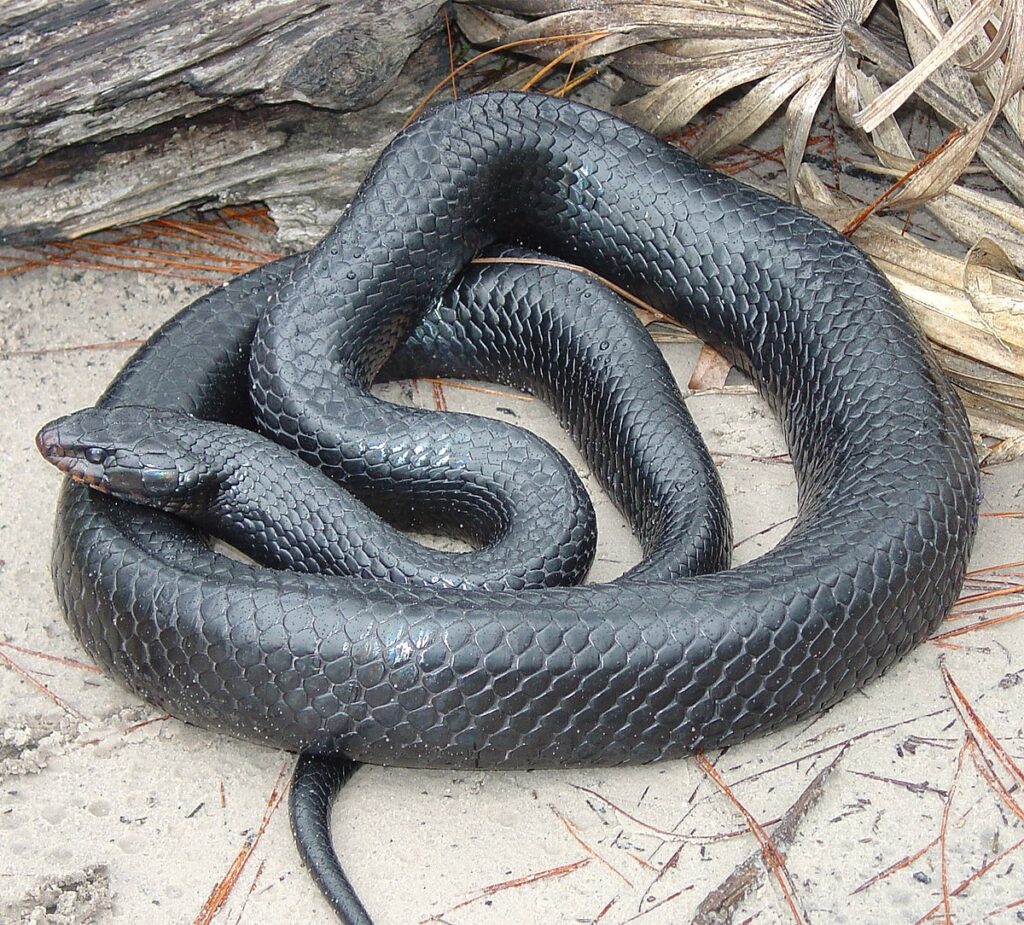
A snake that has bonded with its environment will display calm, steady breathing patterns when at rest. You should observe smooth, rhythmic breathing without gasping, wheezing, or excessively rapid respiration rates when the snake is not active. This relaxed breathing indicates that your snake isn’t experiencing the stress responses that often manifest as respiratory changes. Well-adjusted snakes maintain consistent breathing patterns appropriate to their activity level, with slightly increased rates during exploration or after feeding but quick returns to baseline during rest periods. Chronically elevated respiratory rates or labored breathing when at rest can indicate environmental stressors like inappropriate temperatures or humidity levels, whereas normalized breathing suggests physiological comfort. Some owners even report being able to recognize when their snake is truly relaxed by the distinctive, steady rhythm of its breathing when completely at ease in its surroundings.
Predictable Activity Cycles
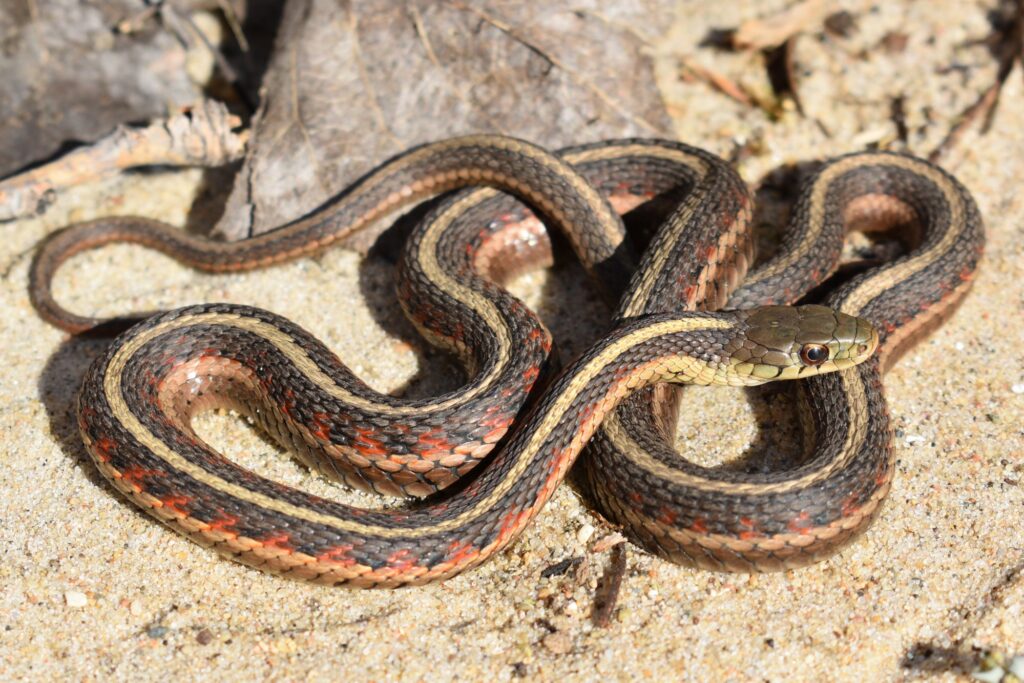
Snakes that have successfully bonded with their environments typically establish predictable activity cycles that align with their natural behaviors. You’ll notice your snake becoming active at similar times, whether it’s a nocturnal species that emerges after dark or a diurnal species that’s more active during daylight hours. These consistent patterns indicate that your snake has synchronized its internal rhythms with its environment and feels secure enough to follow its natural inclinations. Particularly encouraging is when these activity periods become so regular that you can anticipate when your snake will emerge from hiding or begin exploring, suggesting a well-established routine. Disruptions to these patterns, such as activity during unusual times or extended periods of inactivity, may indicate environmental stressors, whereas predictable cycles suggest your snake has successfully adapted to its habitat.
Healthy Weight Maintenance
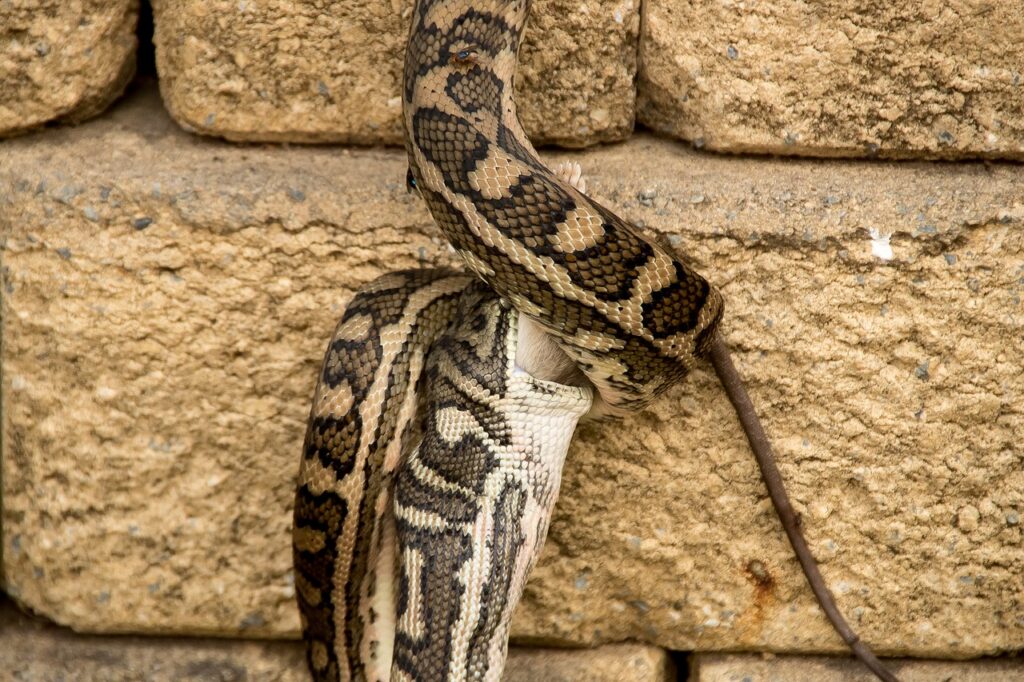
A snake that maintains appropriate weight and body condition is demonstrating successful adaptation to its environment. Well-adjusted snakes typically show gradual, consistent growth (in younger specimens) or stable adult weight without significant fluctuations. You can observe this through the snake’s body shape, which should display a gently rounded cross-section rather than appearing triangular (underweight) or too circular (overweight). This stable body condition indicates that your snake is comfortable enough to eat regularly and process nutrients efficiently without the metabolic impacts of chronic stress. Regular weight monitoring, either through actual measurements or visual assessment, can help confirm this environmental bonding indicator over time. Snakes that lose weight despite regular feeding or fail to grow at appropriate rates may be experiencing environmental stress that interferes with digestion or metabolism, whereas consistent weight maintenance suggests physiological harmony with surroundings.
Response to Environmental Changes

How a snake reacts to minor changes in its environment can reveal much about its level of environmental bonding. A well-adjusted snake typically responds to small modifications—such as rearranged decorations or new substrate—with curious investigation rather than stress or avoidance behaviors. You might observe your snake tongue-flicking to explore the changed element before incorporating it into its mental map of the environment. This adaptive response indicates that your snake has developed enough security in its overall habitat that it can process changes without experiencing them as threats. Particularly encouraging is when your snake quickly resumes normal behaviors after investigating changes, suggesting a fundamental comfort level that isn’t easily disrupted. This resilience to minor environmental modifications distinguishes snakes that have truly bonded with their environments from those merely tolerating their surroundings.
Owner Recognition Behaviors
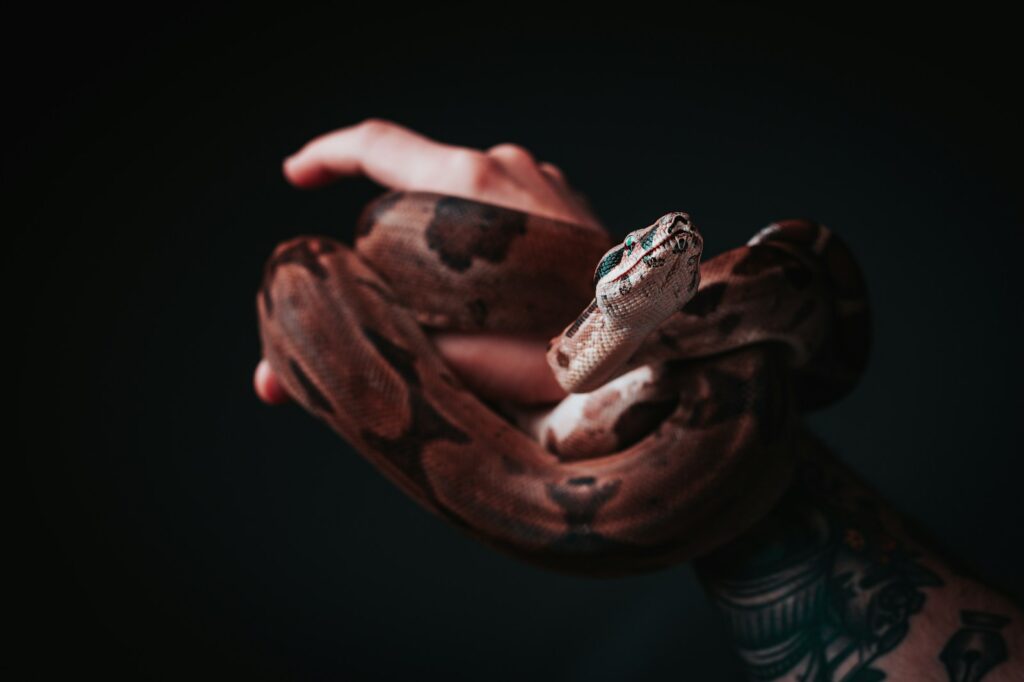
While snakes don’t form attachments like mammals, many well-adjusted snakes develop different responses to their owners versus strangers, indicating environmental bonding that extends to regular human interactions. You might notice subtle differences in how your snake responds when you approach the enclosure compared to unfamiliar people—perhaps remaining visible rather than retreating or showing reduced defensive postures. These differential responses suggest that your snake has incorporated you into its understanding of its environment as a non-threatening element. Some owners report that their snakes will even approach the glass when they enter the room or show increased activity during regular interaction times. Though these behaviors shouldn’t be anthropomorphized as affection, they do represent important recognition patterns that indicate your snake has successfully integrated all aspects of its captive environment, including regular human presence.
Conclusion

Recognizing the signs that your pet snake has bonded with its environment requires attentive observation and an understanding of subtle behavioral cues. From relaxed body postures and consistent exploration patterns to reliable feeding responses and appropriate use of environmental features, these indicators collectively paint a picture of a secure, well-adjusted snake. Remember that different species and individual snakes may express these signs in varying ways, so becoming familiar with your particular pet’s normal behaviors is essential for accurate assessment. By providing an enriching, appropriate habitat and paying attention to these bonding indicators, you create the foundation for a thriving relationship with your serpentine companion – one based on meeting its needs and respecting its unique way of experiencing the world.

